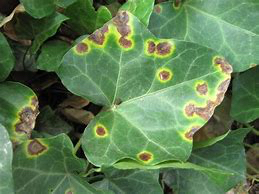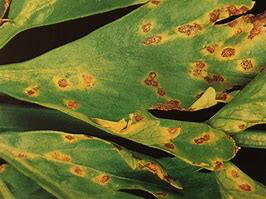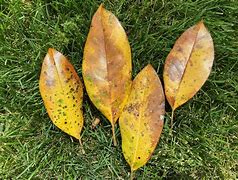Peppermint oil can work as an excellent pest repellent in your garden. Due to its subtle fragrance, it confuses insects by masking the smell of pheromones. It can also act as an irritant.
- Aphids, cabbage looper, flea beetles, squash bugs, whiteflies are some of the common pests that abhor the area where this peppermint oil pest repellent is sprayed.


- It can also serve as a repellant for slugs and snails.
- Mix 15-20 drops of peppermint oil, 5 drops of dish soap, 1-gallon water, spray on the infested plants once in a week or two.
- For a smaller batch, scale down the proportions.
- The optimum time to apply it is in the morning or evening.
- You can also add rosemary, thyme, and clove oil to this solution in equal parts to make it more effective.
Guidance for application recommends re-applying peppermint oil at 5 to 7 day intervals or after significant rainfalls
Like all broad-spectrum pest controls, peppermint oil will also discourage beneficial insects such as bees, ladybugs and lacewings.
Signs of damage






Controls
- Once a plant has been infected with a leaf spot fungus, there is no effective, organic treatment for it.
- The only control is “prevention.”
- Leaf spot can be spread by touch, through seeds, or via soil. Avoid touching all of the plants, one after the other to reduce the spread of spores.
- It survives in vegetative debris that collects along the ground. Therefore, the key to controlling it is to practice good sanitation: picking up and properly discarding all plant waste.
- Infested foliage should be cut out as soon as it’s detected.
- Shears or pruners used in removing it must be disinfected after each cut.
- You don’t need to remove the entire plant unless it is totally covered.
